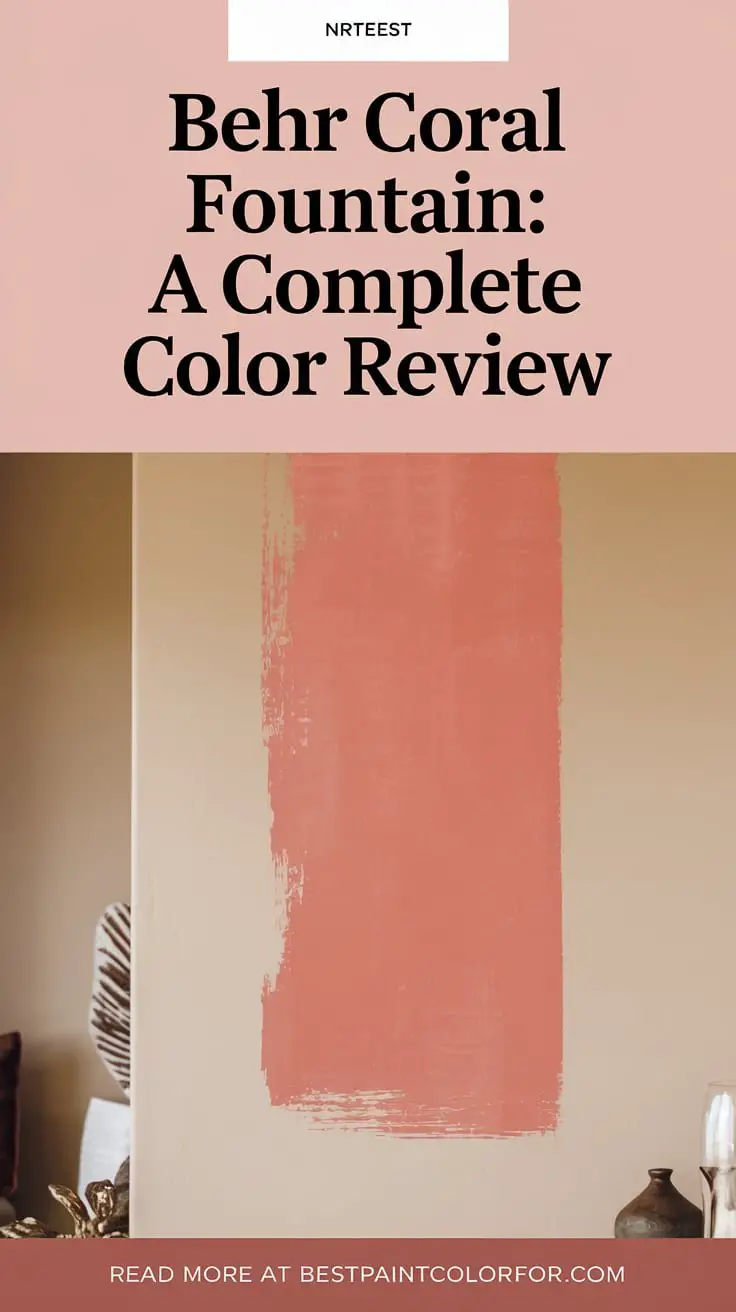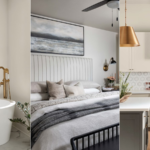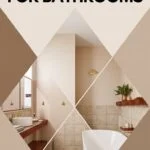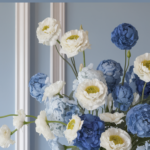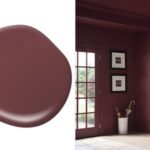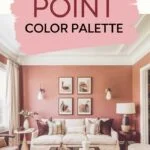Introduction to Dining Room Paint Trends
Why Color Matters in Dining Room Design
Color is not just a visual element; it is a powerful tool that can transform the mood, style, and perception of your dining space. When stepping into a dining room, the colors that envelop the space can evoke emotions, set the tone, and reflect your personal style. Whether hosting a sophisticated dinner party or enjoying a casual family meal, the colors chosen for the dining room play a significant role in creating an inviting environment.
How Modern Paint Colors Can Transform Your Space
Modern paint colors have the capability to morph a dull, uninspired dining room into an aesthetically pleasing and functional space. Bold hues can bring drama and excitement, while soft and soothing tones can create a tranquil and comfortable atmosphere. The right color combinations can enhance natural light, highlight architectural details, and even influence the appetite and emotions of those dining within the room.
Timeless Neutrals with a Modern Twist
Classic Whites for a Sleek, Open Feel
White remains a classic choice for dining rooms, but modern whites are anything but basic. Opting for a white with subtle undertones—such as creams, ivories, or cool blues—can produce a sleek and open feel without the starkness of a plain white. This choice maximizes natural light, making the space feel larger and more inviting, ideal for contemporary dining areas aiming for a minimalist, airy aesthetic.
Beige and Taupe: Soft Neutrals with a Warm Touch
Beige and taupe are neutrals that exude warmth and comfort. When used in a dining room, these hues provide a soft, inviting backdrop that complements both traditional and modern decor. Beige and taupe are versatile and pair well with a variety of accent colors, creating endless possibilities for table settings and decor choices without overwhelming the senses.
Greige: The Perfect Balance of Gray and Beige
Greige, a blend of gray and beige, offers the best of both worlds. It combines the modernity and sophistication of gray with the warmth and approachability of beige. This balanced hue is perfect for those who want a neutral dining room with a contemporary edge. Greige can act as an excellent canvas for brighter accents and bold decor elements, allowing flexibility in design.

Pro Grade Paint Roller Kit, Brush & Roller for Professionals & Homeowners
Perfect for smooth finishes on your interior walls. Ideal for home improvement enthusiasts!
Buy Now on AmazonBold and Dramatic Hues for Statement Dining Rooms
Deep Navy Blues: Creating a Rich, Sophisticated Space
Deep navy blues bring a sense of richness and sophistication to dining rooms. This bold hue can create an intimate and luxurious atmosphere, making it perfect for formal dining experiences. Pairing navy walls with light-colored furniture or metallic accents can elevate the space further, adding contrast and visual interest.
Charcoal Gray for a Contemporary, Luxe Vibe
Charcoal gray is synonymous with modern luxury. This dramatic color choice introduces a sense of depth and elegance, providing a striking backdrop for vibrant artwork or elegant furnishings. Charcoal gray can seamlessly blend with metallic finishes, lush fabrics, and bold decorative elements to create a contemporary dining experience that feels both stylish and refined.
Forest Green: Embracing Nature in a Modern Way
Forest green channels the serenity and lushness of nature, making it an inspiring choice for modern dining rooms. This bold hue evokes organic beauty and complements natural wood furniture, greenery, and earthy textures. Forest green walls and decor can create a dining space that feels grounded, fresh, and inviting, perfect for both everyday meals and special gatherings.
Soothing Earthy Tones for Warmth and Comfort
Terracotta and Clay: Warmth with an Artistic Touch
Terracotta and clay tones introduce a warm, earthy elegance to dining rooms. These colors are reminiscent of sunset hues and natural landscapes, offering an artistic and comforting ambiance. The rustic charm of terracotta pairs well with handwoven textiles, ceramic dishes, and artisanal decor, creating a tactile and inviting dining environment.
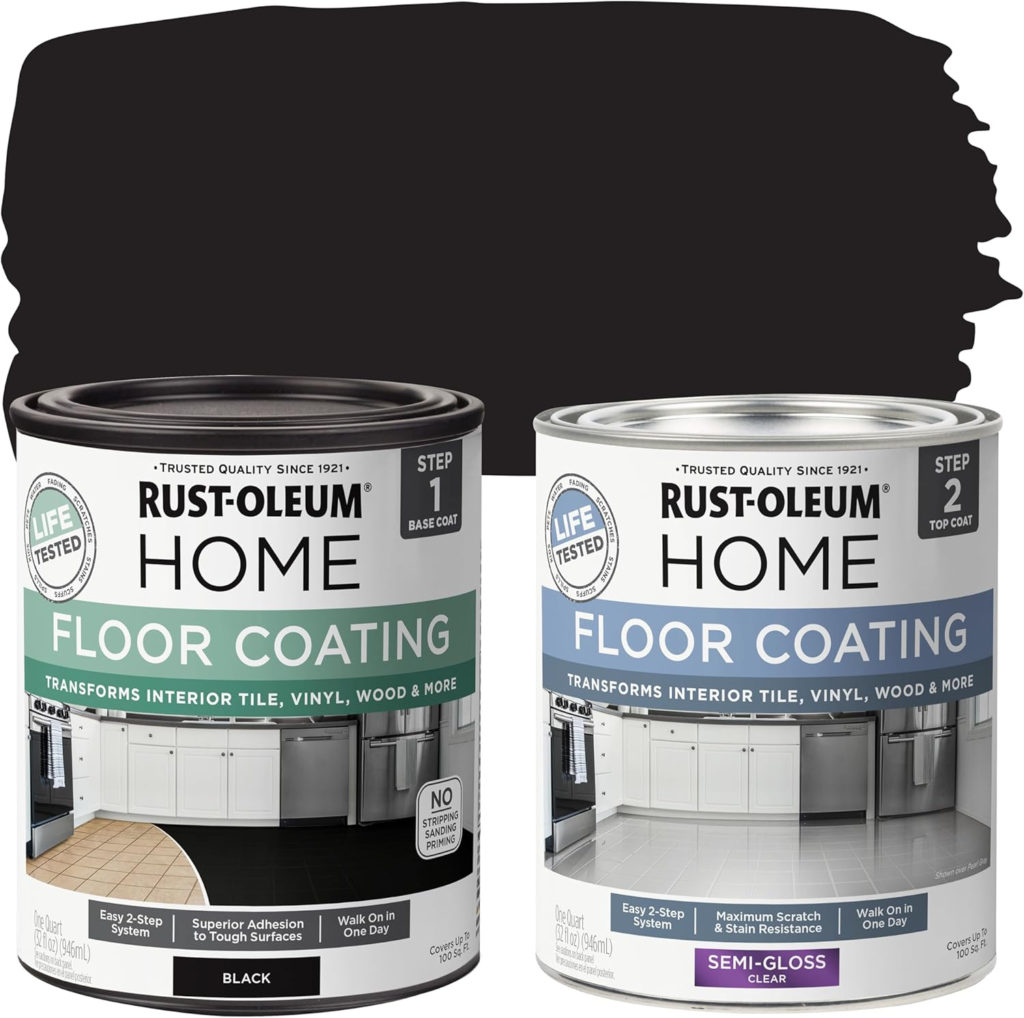
Rust-Oleum 367605 Home Interior Floor Coating Kit, Semi-Gloss Black
Ideal for updating outdated flooring at a fraction of the cost of replacement and adheres without stripping, sanding or priming.
Buy Now on AmazonOlive Green for a Cozy, Inviting Atmosphere
Olive green brings a rich, cozy feel to dining rooms. This earthy hue is perfect for adding depth without overwhelming the space. When combined with natural wood elements, soft fabrics, and ambient lighting, olive green creates a dining room that feels both intimate and inviting, suitable for relaxed dinners and lively conversations alike.
Warm Browns: Earthy Elegance for Dining Spaces
Warm browns, ranging from deep chocolate to lighter caramel tones, carry a sense of earthy elegance. These colors add a grounded, cozy vibe to dining rooms, making the space feel secure and welcoming. Pairing brown walls with golden accents, lush fabrics, and natural textures can enhance the luxurious feel of the room while still maintaining a down-to-earth atmosphere.
Soft Pastels for Subtle Sophistication
Muted Sage Green: Understated Yet Chic
Muted sage green is a serene and chic choice for dining rooms. This soft, understated hue provides a calm and sophisticated setting, ideal for relaxed dining experiences. Sage green complements natural elements, such as wooden dining tables and leafy plants, enhancing the harmony and tranquility of the space.
Dusty Rose for a Gentle, Romantic Vibe
Dusty rose brings a gentle, romantic vibe to dining rooms. This soft pastel hue adds a touch of elegance without being overly sweet or feminine. When paired with metallic accents, delicate fabrics, and vintage decor, dusty rose can create a dining space that feels both charming and sophisticated, perfect for intimate gatherings and romantic dinners.
Powder Blue: A Calming and Airy Dining Room Option
Powder blue evokes a sense of calm and airiness, making it a delightful option for dining rooms. This soothing color can make the space feel larger and more open, while also adding a touch of freshness. Complementing powder blue walls with white trim, natural wood, and light fabrics can result in a serene and inviting dining environment, perfect for leisurely meals and light-hearted conversations.
Monochromatic Dining Room Palettes
The Power of All-White Dining Rooms
All-white dining rooms exude purity, simplicity, and timeless elegance. This monochromatic approach can make the space feel bright and expansive. Incorporating various textures and materials—such as white-painted wood, crisp linens, and glossy ceramics—adds depth and interest, preventing the room from feeling flat or sterile. An all-white palette allows other elements, like artwork and decor, to stand out beautifully.
Shades of Gray: Subtle, Layered Modernity
Using multiple shades of gray in a dining room creates a subtle, layered look that is both modern and sophisticated. From pale silvers to deep charcoals, the varying tones can provide a nuanced and dynamic backdrop. Integrating different textures—such as matte finishes, glossy surfaces, and soft fabrics—enhances the monochromatic gray palette, creating a visually engaging and stylish dining space.
Black Accents for a Striking Monochrome Look
Incorporating black accents into a monochromatic dining room can produce a dramatic and striking effect. Black provides a sense of depth and contrast, making lighter elements pop. Whether through black furniture, lighting fixtures, or decor items, these accents add a bold touch that can elevate the entire look of a dining room, creating a space that is both elegant and moody.
Modern Minimalist Color Schemes
Soft Grays and White: The Perfect Minimalist Combo
Soft grays combined with white form the quintessential minimalist color scheme. This pairing creates a clean, uncluttered aesthetic that is conducive to modern living. The softness of gray balances the brightness of white, resulting in a harmonious and serene dining space. Incorporating sleek furniture, minimal decor, and functional design elements can further enhance the minimalist vibe.
Muted Neutrals Paired with Natural Wood Elements
Muted neutrals like soft beiges, light taupes, and gentle grays paired with natural wood elements create a warm and inviting minimalist dining room. This combination emphasizes simplicity while adding a touch of organic beauty. The natural grains and textures of the wood stand out against the muted backdrop, creating a balanced and cohesive look that is both modern and timeless.
Vibrant Accent Walls for a Pop of Color
Mustard Yellow for a Bright, Cheery Look
Mustard yellow brings a bright and cheery vibe to dining rooms. As an accent wall, this vibrant hue can energize the space without overwhelming it. Pairing mustard yellow with neutral colors and simple decor allows it to stand out, creating a lively and welcoming environment ready for joyful gatherings and conversations.
Jewel Tones like Ruby and Emerald for Luxe Appeal
Jewel tones such as ruby red and emerald green add a touch of luxury and opulence to dining rooms. These rich colors can be used on an accent wall to create a focal point that exudes sophistication and glamour. When complemented with plush fabrics, gold accents, and statement lighting, jewel tones can turn an ordinary dining room into an extravagant and elegant setting.
Teal: The Bold Pop of Color You Need
Teal offers a bold and refreshing pop of color that can enliven any dining room. This vibrant hue combines the calming qualities of blue with the invigorating energy of green. Using teal as an accent wall or through decor elements can bring a dynamic and exotic feel to the space, encouraging lively and engaging dining experiences.
Modern Color Pairings for Dining Room Walls
Gray and Yellow: The Perfect Contemporary Contrast
Gray and yellow create a contemporary and dynamic contrast that is both sophisticated and energetic. The neutral gray serves as a perfect backdrop, allowing the vibrant yellow to shine. This color pairing can invigorate a dining room, making it an ideal choice for those who want a modern and cheerful space that stands out.
Navy and White for a Nautical, Modern Look
Navy and white offer a classic yet modern nautical look that is both elegant and timeless. This color pairing brings a sense of crispness and freshness, ideal for dining rooms aiming for a sleek and polished feel. The deep navy contrasts beautifully with the bright white, creating a visually appealing and harmonious environment.
Blush Pink with Charcoal Accents for Soft Sophistication
Blush pink paired with charcoal accents creates a soft and sophisticated dining room. The gentle blush pink introduces a subtle warmth, while the charcoal adds depth and contrast. This balanced pairing exudes modern elegance and can be enhanced with metallic finishes, soft fabrics, and tasteful decor, resulting in a dining space that feels both inviting and chic.
Tips for Choosing the Right Paint Finish
Matte vs. Gloss: What Works Best in Dining Rooms
When choosing the finish for your dining room paint, it’s important to consider the overall look and feel you want to achieve. Matte finishes offer a soft, velvety appearance that can hide imperfections, creating a sophisticated and understated look. Gloss finishes, on the other hand, reflect light and add a sense of depth and vibrancy, making the room feel more dynamic. The choice between matte and gloss depends on the desired ambiance and the specific needs of the space.
Satin Finishes for a Smooth, Modern Look
Satin finishes strike a balance between matte and gloss, offering a smooth and slightly lustrous appearance. This finish is durable and easy to clean, making it a practical choice for dining rooms. Satin finishes provide a modern and polished look that can enhance the beauty of the chosen color, adding a subtle sheen that is both elegant and functional.

